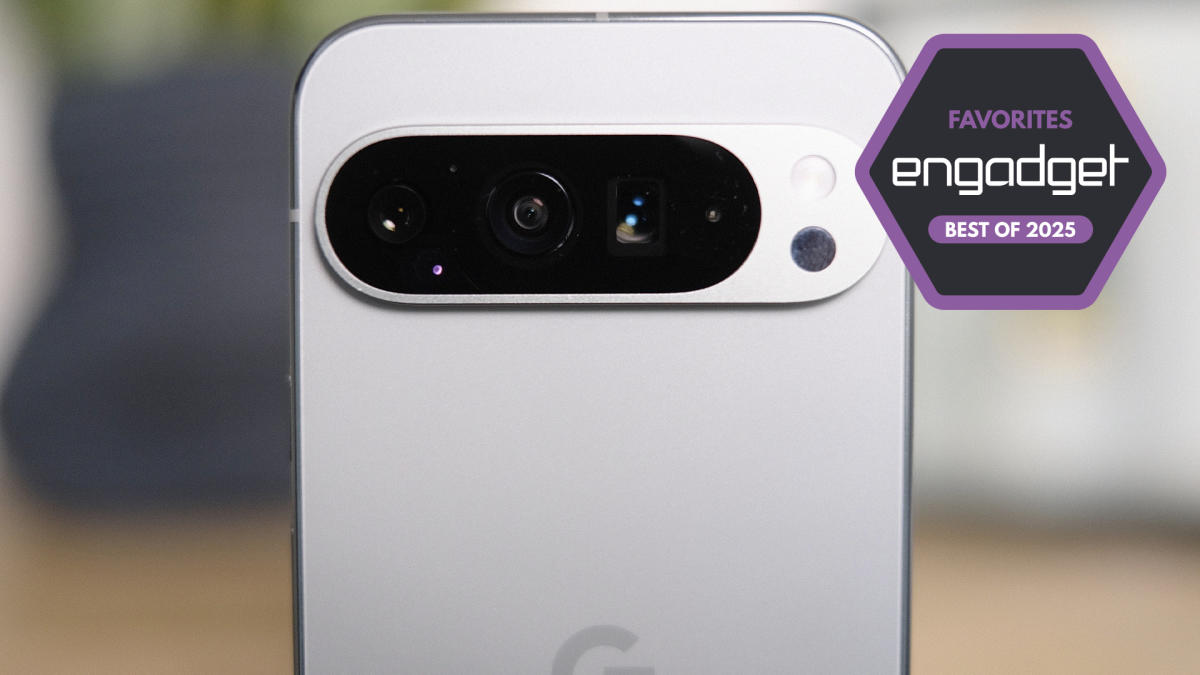When Google announced its Android XR platform last year, it appeared to be a direct response to Apple’s Vision Pro: a strategy for a comprehensive mixed reality platform capable of seamlessly transitioning between AR, VR, and smart glasses, such as Meta’s Ray-Bans. At the Google I/O 2025 conference, Google announced the second developer preview for Android XR and provided additional insights into its potential applications in headsets and smart glasses. However, it is likely to be some time before Android XR devices are available, as Google also revealed that Samsung’s Project Moohan headset is scheduled to launch later this year. Furthermore, Xreal is developing Project Aura, a pair of tethered smart glasses powered by the Android XR platform.
Update: Google showcased prototype Android XR smart glasses at I/O with live translation capabilities, which Engadget’s Karissa Bell described as “lightweight, but with a limited field of view.” Although Google does not plan to sell these devices, it is collaborating with Warby Parker and Gentle Monster to design frames for future smart glasses.
Essentially, there is currently little to be excited about. It is evident that Google is working diligently to catch up with Apple and Meta, both of which already have XR products available on the market. Given Google’s history of quickly discontinuing ambitious projects, such as Google Glass, Cardboard, and Daydream, it is challenging to have confidence in the future of Android XR. The question remains whether the availability of superior XR hardware will be sufficient to make the platform successful. At this point, it is too early to tell.
For the time being, Google seems to be focusing on delivering all the expected features of Android XR. The second developer preview introduces the ability to play 180-degree and 360-degree immersive videos, integrate hand-tracking into apps, and support dynamic refresh rates, which could significantly improve battery life. As anticipated, Google is also making it easier to incorporate its Gemini AI into Android XR apps, a feature the company promised when it first announced the platform last year.
Through a series of pre-rendered videos, Google demonstrated the ideal use cases for Gemini in smart glasses and headsets. If your glasses have a built-in display, you could access a miniature Google Map for navigation, send messages to friends while preparing dinner, or capture a photo while dancing with your partner at sunset. My reaction is: “Impressive demo, but let’s see it in action on actual headsets and glasses.”
Update 5/21, 2:45PM ET: This article has been updated to include references to Google’s prototype XR glasses.
Source Link





